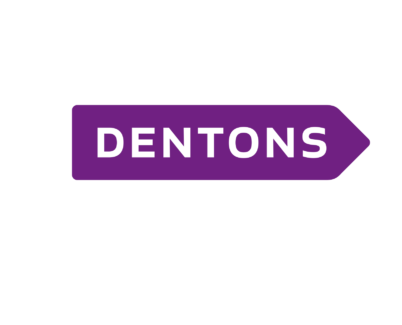With the proliferation of AI, an important question arises: Who bears responsibility for potential harm caused by this technology? The user, developer, AI owner, or the AI system itself?
Studying court case examples around the world, we understand that currently the majority of lawsuits pertain to AI systems’ violations of copyright. A couple of notable examples, for instance, are:
- In the UK, Getty Images filed suit against Stability AI over allegations of copyright infringement, database rights, trademark violation and misuse of advertising goods or services.
- In the USA, a class-action lawsuit was filed on behalf of well-known writers, accusing OpenAI of unauthorized use of their works in training the AI-based ChatGPT chatbot.
From these examples, it’s clear that lawsuits are targeted primarily at the rights-holding companies.
Efforts have been made globally to legally regulate this issue. For instance, the European Commission introduced a draft directive on AI liability. This project aims to facilitate the filing of claims related to damage caused by artificial intelligence systems:
- Courts will be able to compel providers of AI systems to give relevant evidence to claimants about systems that are alleged to have caused damage.
- If certain conditions are met, there will be a rebuttable presumption of causation between the defendant’s fault and the damage caused by the AI system.
AI copyright infringement in Kazakhstan
Let’s consider a hypothetical example of copyright infringement by an AI system on a protected work in Kazakhstan. Kazakhstan currently has no regulation specifically addressing AI liability for intellectual property infringement. Thus, all contentious issues would need to be analyzed in accordance with general principles of civil law liability.
The obligation arising between the developer/owner/user of AI and the rights holder is non-contractual.
Consequently, the conditions for liability arising from such obligation would be determined in accordance with Article 917 of the Civil Code of the Republic of Kazakhstan. The general conditions include the existence of damage, fault, unlawfulness and causation between the action (or inaction) and the damage.
The damage would be the infringement of copyright on a protected work, resulting in losses to the rights holder.
Article 917.1 of the Civil Code of the Republic of Kazakhstan implies the need to identify the perpetrator of the damage, i.e., the one who uses the work without the rights holder’s consent. In the case of integrating a work into an AI system, this is carried out by either the AI developer, owner or user.
The user’s role, in many cases, is limited to creating tasks (known as “prompts”) for the AI system. Therefore, the user cannot be deemed the perpetrator of the damage. According to Article 917 of the Civil Code of the Republic of Kazakhstan, if one of the conditions for liability for damage is absent, other conditions should not be analyzed. On the other hand, the AI user may be considered the perpetrator of the damage if they have uploaded protected works into the AI without the appropriate consent.
Thus, in our opinion, in Kazakhstan, the perpetrator of the damage may be considered both the AI developer and its owner and/or user, depending on who used the protected work without consent and uploaded it into the AI database.
Key contacts
Partner, Almaty
D +7 727 258 2380
Senior Associate, Almaty
D +7 727 258 2380






